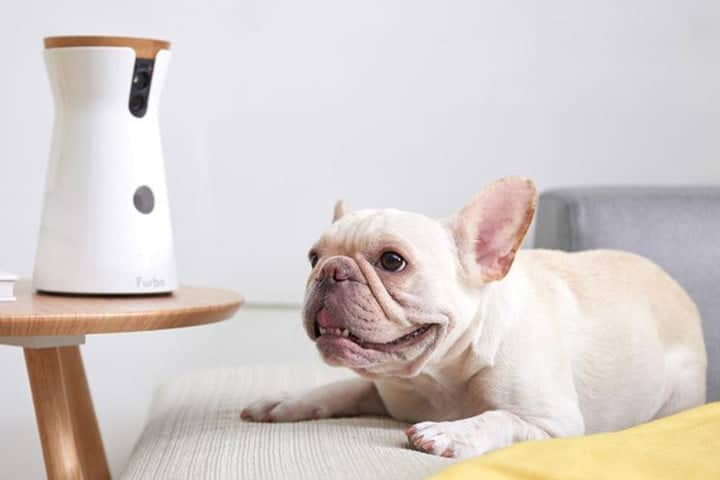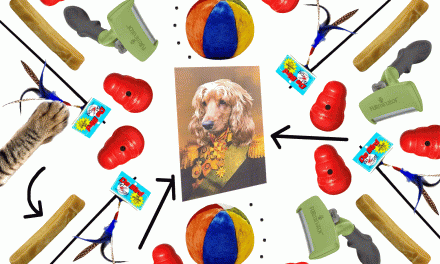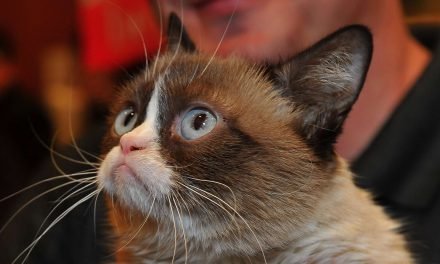Is pet dental health important?
Many veterinarians stress the importance of oral hygiene because teeth and gum problems are common medical conditions in pets. In addition, an unhealthy mouth can affect the liver, kidneys, heart, and brain if left unchecked. So when you lean over to give a smooch to your pet, ask yourself, “My pet needs a breath mint?” Studies show that 98% of pets with lousy breath suffer from severe plaque accumulations.
Bad breath not only means that your pet’s mouth can be a storehouse for unhealthy bacteria, tartar, and plaque, but it can also point to unhealthy intestines. In addition, the quality of your pet’s food can contribute to your pet’s breath status. Low-quality food can cause digestive problems, thus promoting bad breath. Can I share my toothpaste with my pet? Not!
Pets aren’t like us: they swallow whatever you use to clean your teeth. So human toothpaste isn’t edible. Nor is the heavy minty taste is not desirable for pets. In addition, human toothpaste can give your pet some severe stomach problems. Did you know that? Some breeds of dogs and cats are genetically predisposed to unhealthy teeth and gums. For example, the Maltese are the number one dog breed with tooth and gum problems. In the world of cats, Siamese and Abyssinians, charming as they are, have severe tooth problems and often get some of their teeth pulled during their youth.
Other factors include viruses, bacteria, and not enough abrasive foods. It all starts with the gums looking almost red and some of the teeth coated with tartar. Please don’t take anything for granted in relation to the mouth of your pet. When you examine your pet, slowly open his mouth with your fingers and ask yourself the following questions: Does his breath smell like he just raided a rotten fish market? Are his canines or molars discolored (gray, brown, or green)? (Remember that a pet’s teeth may be yellow due to early antibiotics like tetracycline—regular.) Are his gums swollen and bright pink or angry red like a lobster with a sunburn? Note that the normal colour gums must be light pink to medium pink.
For some dark-colored cats and dogs, gums may be gray. Do you see any sores on the gums, particularly if you have a cat? They will look like craters on the top or bottom gum or lip. Are his teeth down there worn out like the sole of a shoe? Do you see any swelling or sores on his face around the lips, under the eyes, or nose? Bad teeth can cause external wounds. Do you see a double tooth if you have a puppy or a kitten? Is he squealing like a newborn? Keep in mind that some dogs always drool, like St. Bernard. So if your pet is experiencing excessive drooling but not usually, it might indicate some problem. Has he recently lost weight because he hasn’t eaten enough?
It’s also essential to observe your pet’s behavior in terms of food. Has your pet been approaching his bowl of grudging food? Has he been eating slower than usual, and has he exhibited trouble biting hard things? Does your dog or cat cry during or after eating? Does your cat tend to pick up food, spit it out, pick it up again and finally throw it back with his tongue? If you’ve nodded your head to two or more of any of the questions above, then it is clear that your pet has some dental health issues! Therefore, it would be best if you took your pet to your veterinarian right away for an oral examination.





Recent Comments